It’s surprising that the bird actually survived until I found it. While our older gray cat is not much of a hunter, our young kitten — she’s just a little over a year old, so still a kitten for all intents and purposes — is a killing machine. A bird with its leg caught in the plastic netting we put over our berries would have been almost anticlimactic for such a hunter as Elsa, but somehow, despite all the bird’s desperate flapping and flopping about, it escaped the cat’s notice. I noticed the bird when I went out to the street to take the trash out in the morning.
Birds often get caught in our netting, but it’s usually because they’ve found a small opening, hopped in, eaten their fill of berries, and then can’t find their way back out. Usually, such birds are easily assisted: just pull up the corner of the net and out they go. If we don’t cover the berries, though, we’ll never have any. The birds don’t wait until the berries are ripe, so it’s not even a contest. And I’m just a suburban “farmer” — it’s just enough for decoration, just enough to give the kids a snack sometimes and to get a bit of sweet when I’m mowing.
As I approached the bird this morning, though, I realized that the bird was outside the net. Nearing, I saw my suspicions were correct: the net had gotten wrapped around the bird’s leg. No doubt it had gotten hung up in the net, and the resulting struggle had only made the situation worse. The bird stilled for a moment as I stood over it; it was worse than I suspected. The netting was wrapped several times around the bird’s right leg, and it clearly required more intervention than merely taking the bird gently in my hand and unwrapping the netting with a couple of twists. I knew I’d need to cut the net, but with what?
From my initial glance, it seemed to be twisted around the bird’s leg tightly, perhaps even tight enough to be digging into the leg’s scaly skin. The question was not what would cut the net, of course, but what could I use to cut it without cutting the bird? Compounding the problem was the fact that I would not have both hands free. I looked in a drawer in the kitchen, but nothing seemed appropriate.
Heading downstairs to the basement, I began wondering what I might do if I couldn’t actually cut the part of the netting that was wrapped around the bird’s leg. One option would be to cut the net around the area, leaving a bit of net still attached the bird’s claw. This wouldn’t do, though, because it would only get tighter, maybe cutting off blood and doing serious damage, or perhaps the net would get caught in something else, trapping the bird once again. The extreme option was to amputate the leg just above the point where the net was wrapped.
Thinking about that option, though, I realized it would likely be more humane to just put the bird down if it came to that. I’m no vet, but I don’t think taking wire snipers and cutting part of a bird’s leg of does much more than hobble the bird. Could it survive if it came to that? I don’t know. And what would be more merciful? Giving it the chance to survive, painful though that chance would be, or just putting it out of its potential misery? It wouldn’t be the first time I’ve done it. A couple of birds have damaged their wing while fluttering about in the net, and in such a case, there’s only one thing to do.
As I wandered about the house, wondering about the dilemma, I realized the simplest solution was not in the kitchen, not in the workshop, but in the bathroom: fingernail clippers. “Just slide the corner of the blades under the net,” I mumbled as I went back outside, “just slip the corner under and pop. No problem.”
Returning to the front yard, I took the bird in my left hand, turned it over, and with my middle finger and thumb, held the bird’s injured leg as best as I could. The bird fell still, though its heart was racing. Finally getting a closer look, I saw that it was worse than I’d been expecting. It wasn’t just tight; the net was cutting in the bird’s leg, to the point that I wasn’t sure I could get any bit of the metal even close to touching the net, let alone slide it under the strand of plastic. I slide my thumb along the scaly leg, wondering just how delicate it was. It looked no bigger than the smallest twig that the lightest wind might blow from a tree, but I suspected it might be tougher than I thought, especially the scaly covering that, when seen up close, is so incongruous with the rest of a bird.
With a little hesitation, I pressed down, digging slightly into the scaly leg,wiggled the tip of the blades a bit, and caught the line of plastic. Snip! And in an instant, the bird was active, struggling, wiggling, fighting. I gave it a gentle toss, and it fluttered across the street to our neighbor’s yard. Yet it’s right leg hung limp, not tucked up under it naturally but sort of tugged along behind it. And so I was able to minimize the impact my little garden has on a single creature, but of course not everyone is so concerned, and I’m not even so concerned all the time. After all, I continued buying tuna despite the potential impact on dolphins, and I keep eating pork in spite of the environmental effects large hog “ranches.” And I’m still willing to spread put fertilizers on my lawn and weed killer on the tufts of weeds that sprout in the cracks of our driveway.
There was a time when none of this had any real bearing on anything, a time when no one gave a real thought to the effects humans might have on the environment because, other than clearing some land, there were very few. Just outside of Jabłonka, there is an outdoor museum that takes visitors back to that very time. And each and every time we go back to Poland, we visit. In in 2008, 2010, and 2013. Apparently I didn’t write about it in 2013 — it was part of a field trip L went on with her newly-adopted Polish kindergarten class. And of course K and the kids went again today.
In those days, though, not only did people not really worry about birds getting caught up in their plastic netting, they were growing food for diametrically opposite reasons we grow it. They had no choice. We do. In fact, when it comes down to it, growing your own food can be more expensive than just going to the supermarket for it. It’s a hobby, then, and little more, which is probably why we do it so very poorly.
I would hope that such a visit would make L, in particular, more appreciative of the things she has, more thankful for the ease of her life. If our crops don’t do well, we just shrug it off and move on. If these folks’ crops didn’t do well, they didn’t have as much to eat in the winter. They were hungry — something almost unthinkable for L and most children in the Western world of her generation, or mine. Or maybe her taking everything for granted is just a function of age.
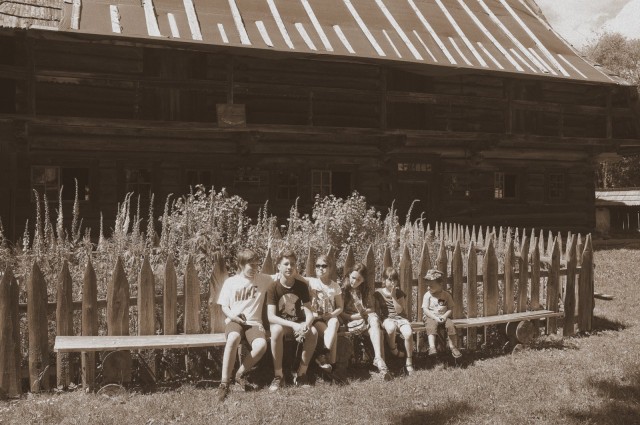
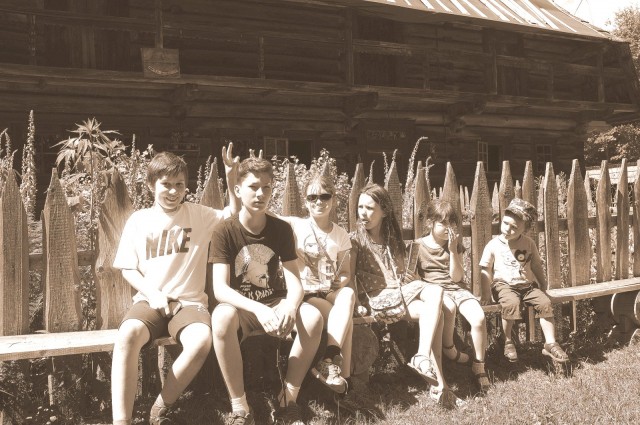
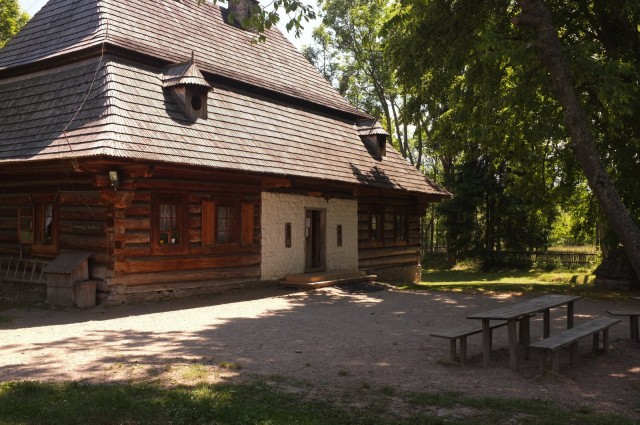
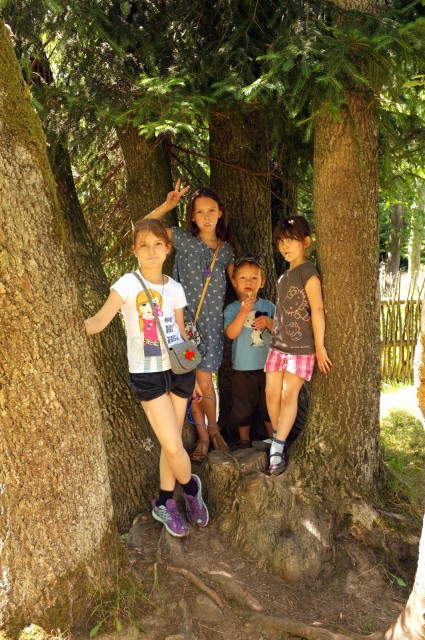

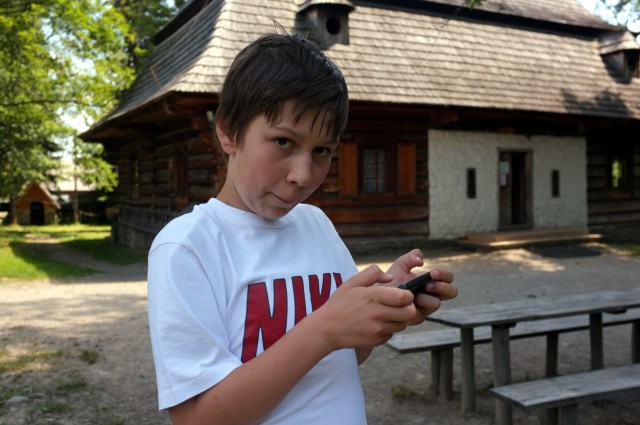
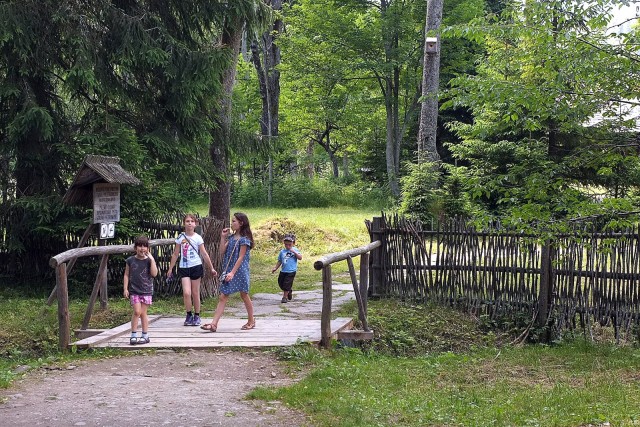
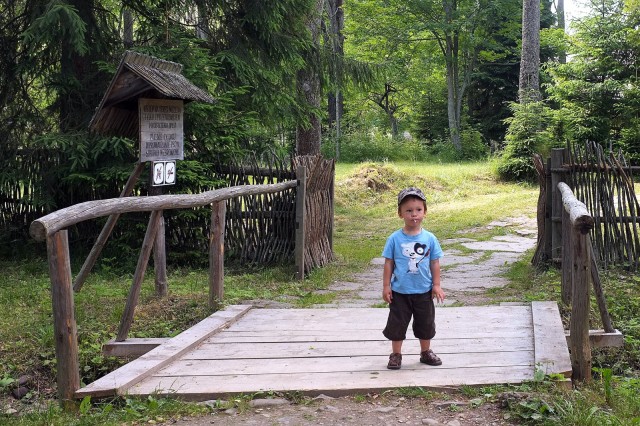
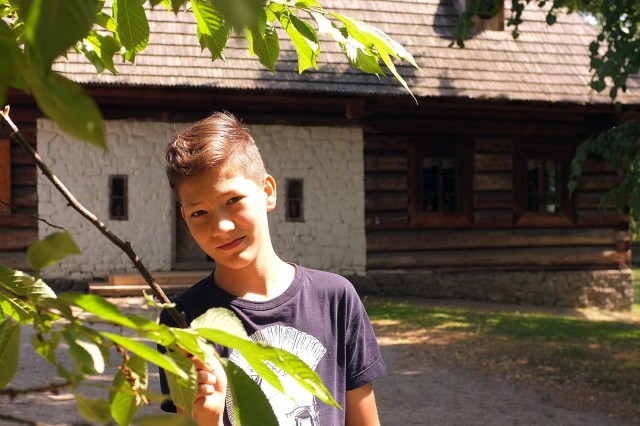
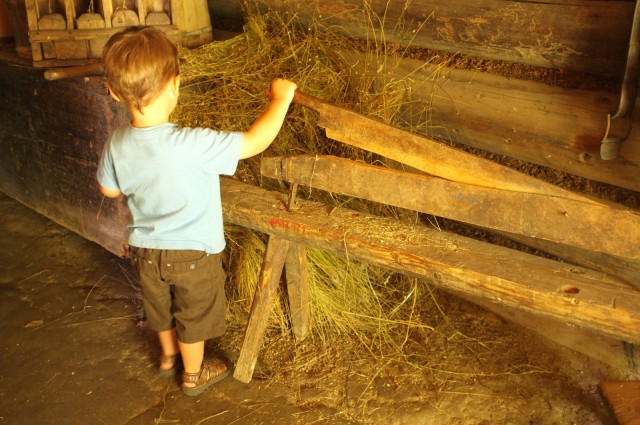
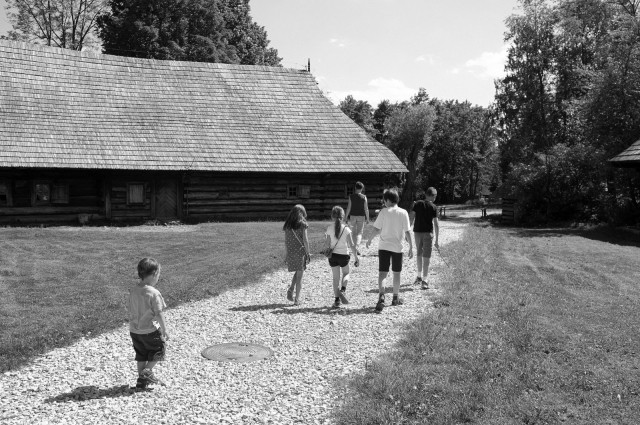
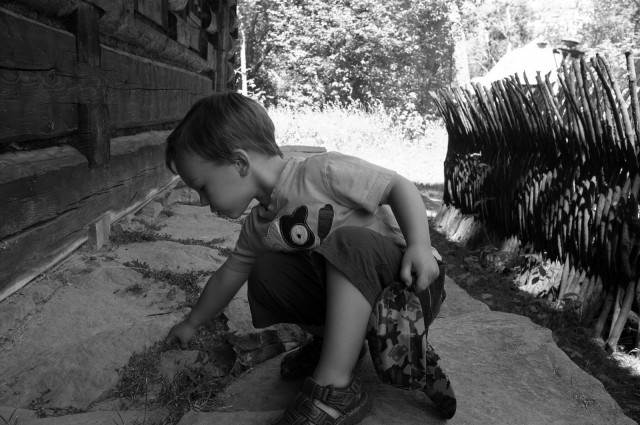
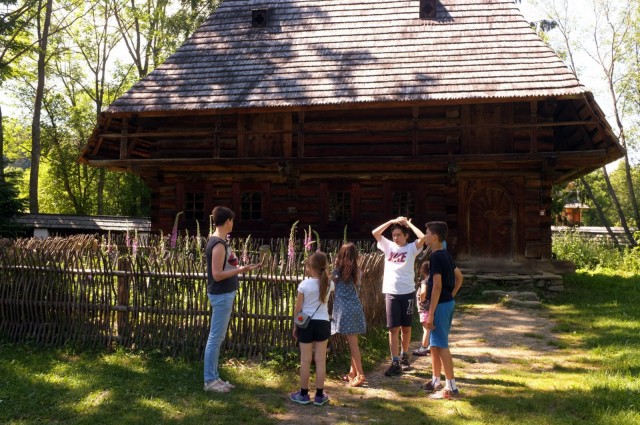
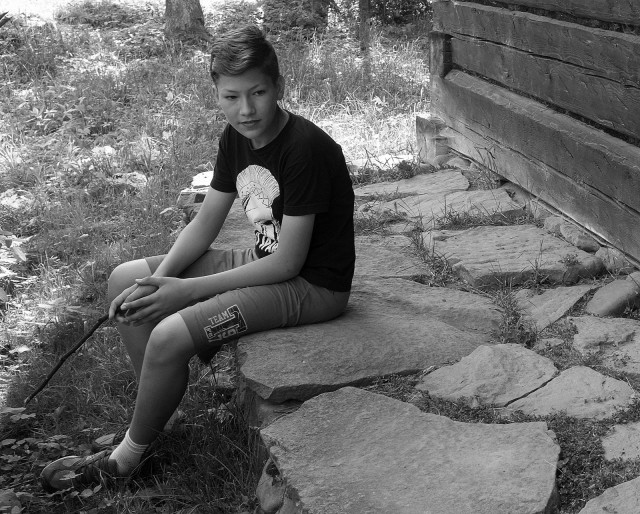
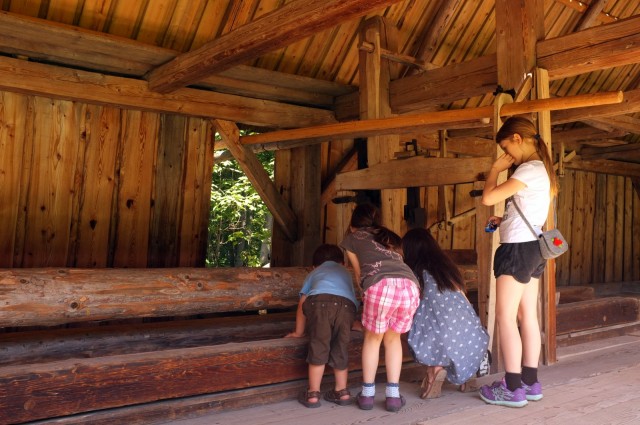
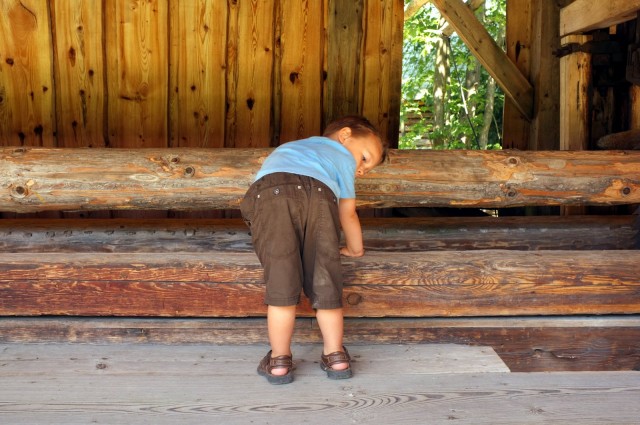
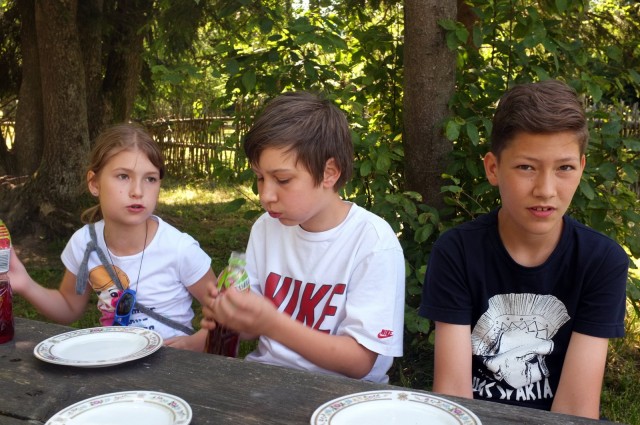
0 Comments